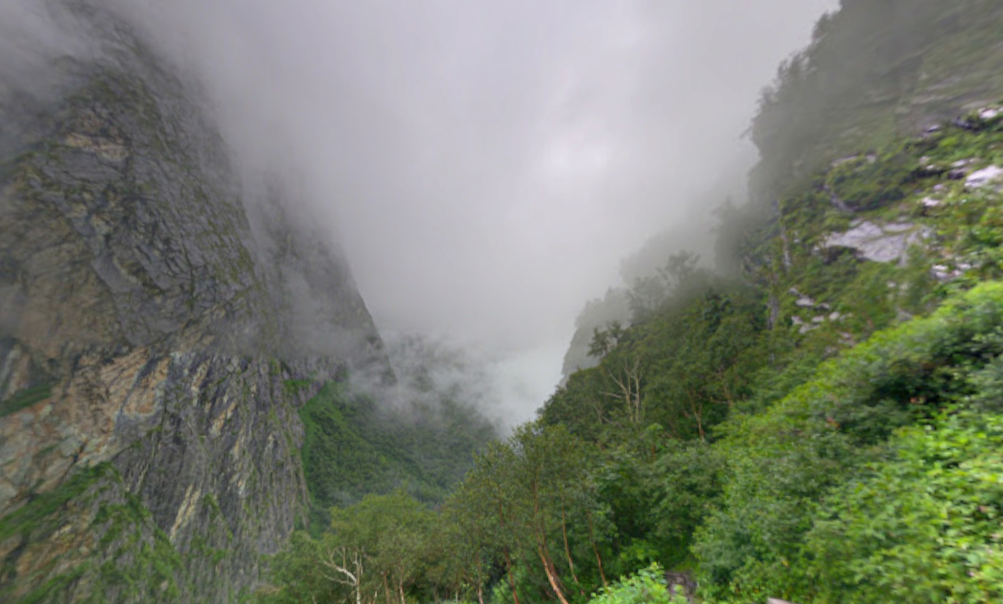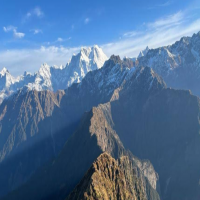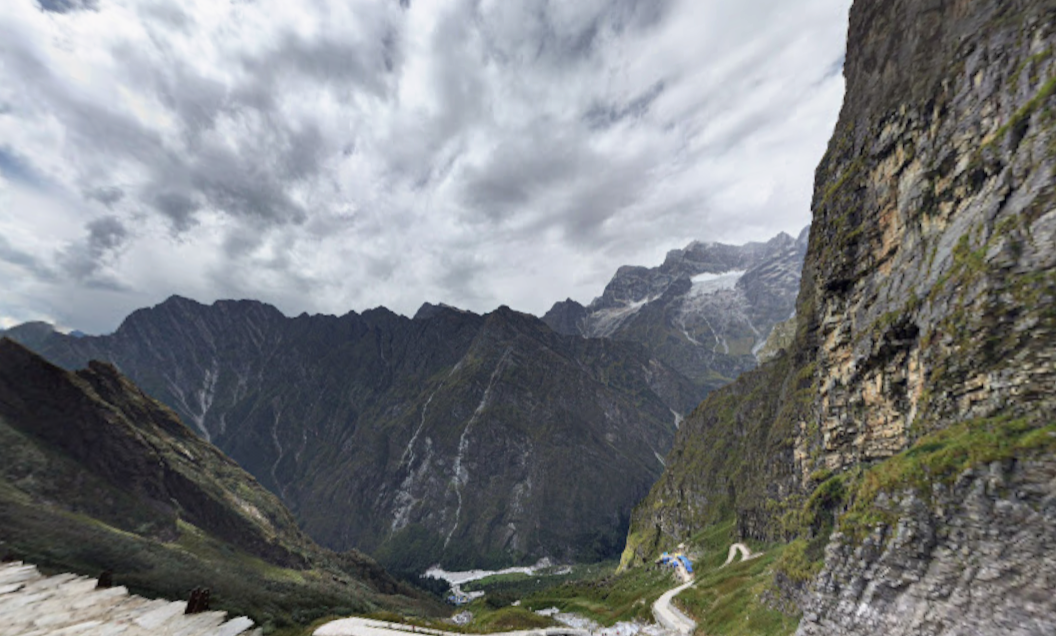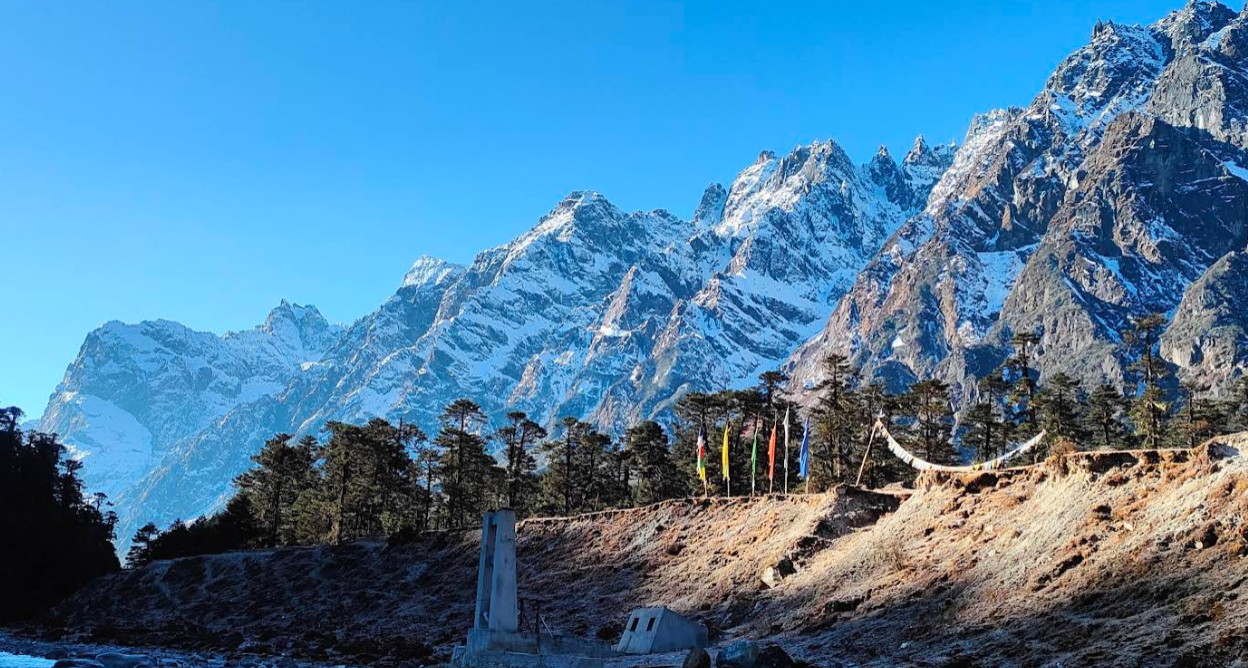Nature’s Paintbrush: India’s Most Spectacular Flowering Wonders

Strong 8k brings an ultra-HD IPTV experience to your living room and your pocket.
India's diverse landscapes transform into breathtaking floral canvases each year, offering some of the planet's most extraordinary flower displays. While the legendary Valley of Flowers remains the crown jewel of Himalayan blooms, the subcontinent hides numerous other floral spectacles waiting to be discovered. This guide explores India's most magnificent flowering destinations, with special emphasis on what makes the Valley of Flowers a truly unparalleled experience.
The Legendary Valley of Flowers (Uttarakhand)
Why It Stands Above All Others
https://himalayandreamtreks.in/valley-of-flowers-trek/
Nestled at 3,600 meters in the Garhwal Himalayas, this UNESCO world Heritage Site is nature's most carefully curated botanical garden. Unlike cultivated flower fields elsewhere, here nature paints with wild abandon across 87 square kilometers of pristine alpine meadows.
What Makes It Unique:
600+ flowering species, including 30 medicinal plants found nowhere else
Rare endemic blooms like the night-flowering Brahma Kamal (Saussurea obvallata)
Weekly changing palette - blues dominate in July, fiery hues in August
Sacred significance as the mythical source of Sanjeevani herb from Ramayana
Best Time to Visit:
Early July: First blooms appear as snow melts
Mid-July to August: Peak floral explosion (ideal for photographers)
September: Clear skies but fading colors (closes October 1)
Pro Tips:
Stay in Ghangaria (last village before the valley) for acclimatization
Combine with Hemkund Sahib (4,329m) for spiritual and scenic rewards
Hire a Bhotiya guide to locate rare flowers and understand their cultural importance
🌺 India's Other Floral Marvels
1. Kaas Plateau, Maharashtra (August-September)
Called the "Plateau of Flowers", this UNESCO World Network Biosphere Reserve transforms into a mosaic of colors post-monsoon.
Key Features:
850+ plant species across 1,000 hectares of volcanic rock
Endangered blooms like Eriocaulon sedgewickii
Strict visitor caps (3,000/day) protect the fragile ecosystem
Best Viewing: Sunrise when Smithia hirsuta (golden flowers) glow against mist
2. Dzukou Valley (Nagaland/Manipur, June-September)
The "Valley of Flowers of Northeast India" offers equally stunning vistas with fewer crowds.
Must-See:
Rare Dzukou Lily (Lilium chitrangadae)
Bamboo forests that gradually open into flower meadows
Year-round stream cutting through the valley
Trek Note: Steeper approach than Uttarakhand's valley but equally rewarding
3. Neelakurinji Blooms (Western Ghats)
This once-in-12-years phenomenon turns the Nilgiri Hills literally blue ("Neela"=blue; "Kurinji"=flower).
Next Bloom: 2034 (Last: 2018)
Best Viewpoints:
Eravikulam National Park, Kerala
Kundah Hills, Tamil Nadu
Ecological Significance:
Crucial for pollinator cycles including the endangered Nilgiri tahr
Tribal communities use its bloom cycle to calculate ages
4. Tulip Garden, Srinagar (April)
Asia's largest tulip garden offers a cultivated counterpart to wildflower valleys.
By The Numbers:
1.5 million bulbs across 30 hectares
68 varieties including rare parrot tulips
Backdrop of Dal Lake and Zabarwan Mountains
Photography Tip: Visit during Golden Hour when shadows highlight the Himalayan foothills
5. Shillong's Cherry Blossoms (October-November)
Meghalaya's capital offers Asia's last cherry blossoms of the year, blooming in autumn rather than spring.
Best Spots:
Ward's Lake (pink tunnels of trees)
Police Bazaar (street-side sakura)
Cultural Bonus: Annual Cherry Blossom Festival with local music and food
Seasonal Guide to India's Floral Displays
Why Valley of Flowers Remains Unmatched
While India boasts numerous floral wonders, the Valley of Flowers stands apart for:
Biodiversity Density - More endemic species per sq km than any other Indian site
Mythological Roots - Deep connections to Hindu epics absent elsewhere
Dramatic Setting - Nanda Devi's snow peaks as permanent backdrop
Wild Purity - No cultivation or human interference in bloom cycles
Botanist's Note: Researchers still discover 2-3 new plant species here annually, proving its ecological mysteries remain unsolved.
✏️ Planning Your Floral Pilgrimage
For Valley of Flowers:
Permits: ₹150 (Indians), ₹600 (Foreigners)
Nearest Airport: Jolly Grant, Dehradun (295km)
Packing Essentials: Waterproof trek shoes, leech socks (monsoon), altitude medication
Conservation Reminder:
All these sites survive through careful protection. Follow strict no-plucking policies and stay on marked trails to preserve these natural treasures for future generations.
Note: IndiBlogHub features both user-submitted and editorial content. We do not verify third-party contributions. Read our Disclaimer and Privacy Policyfor details.




